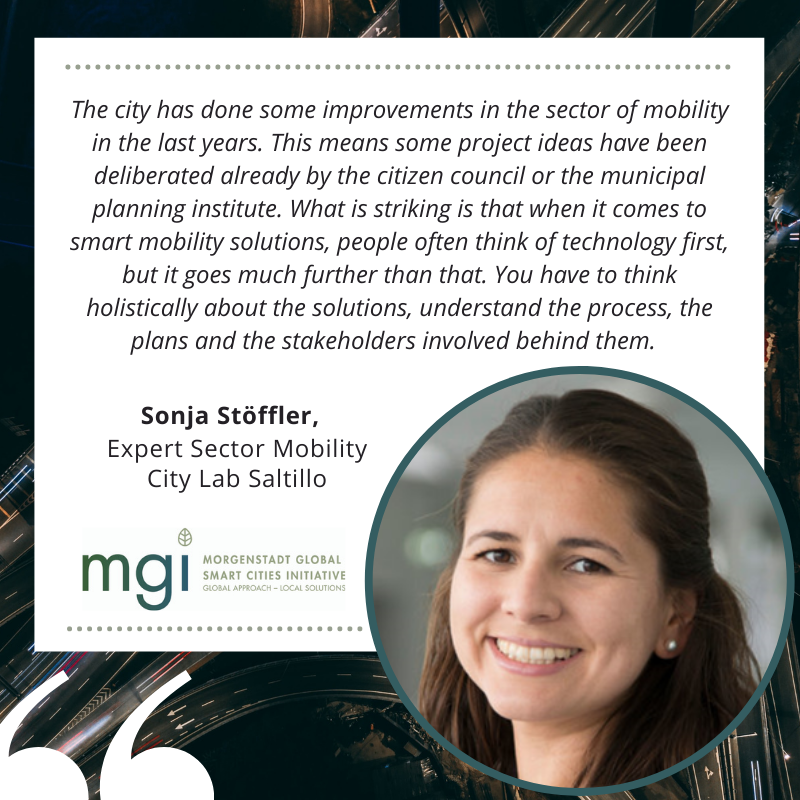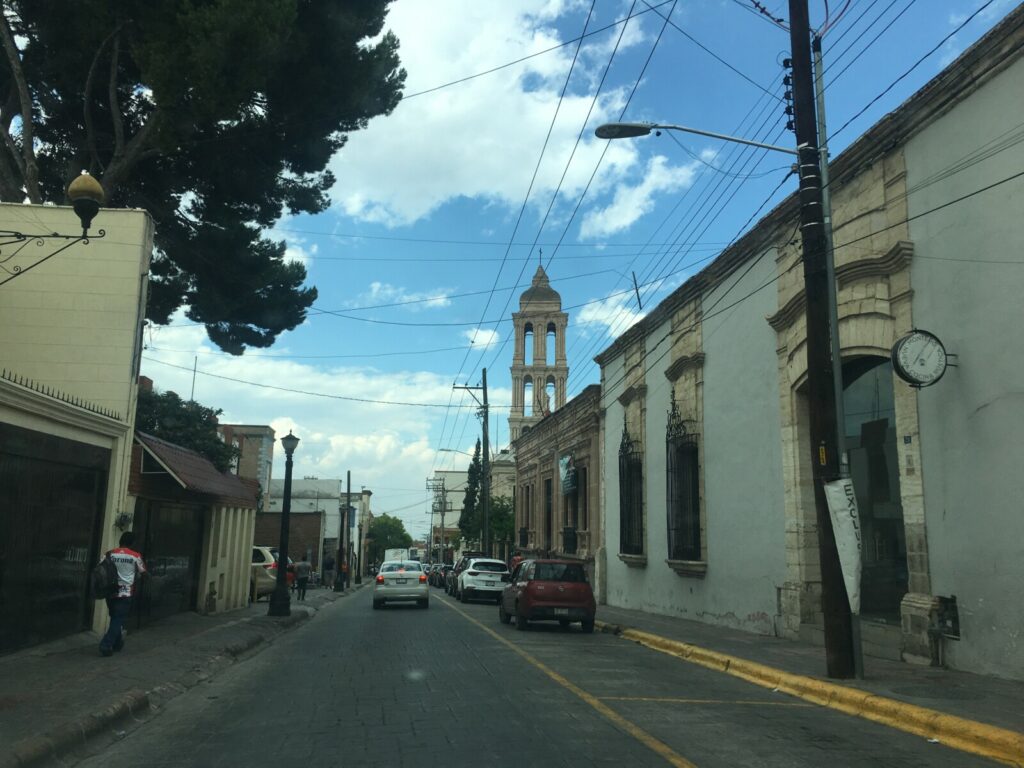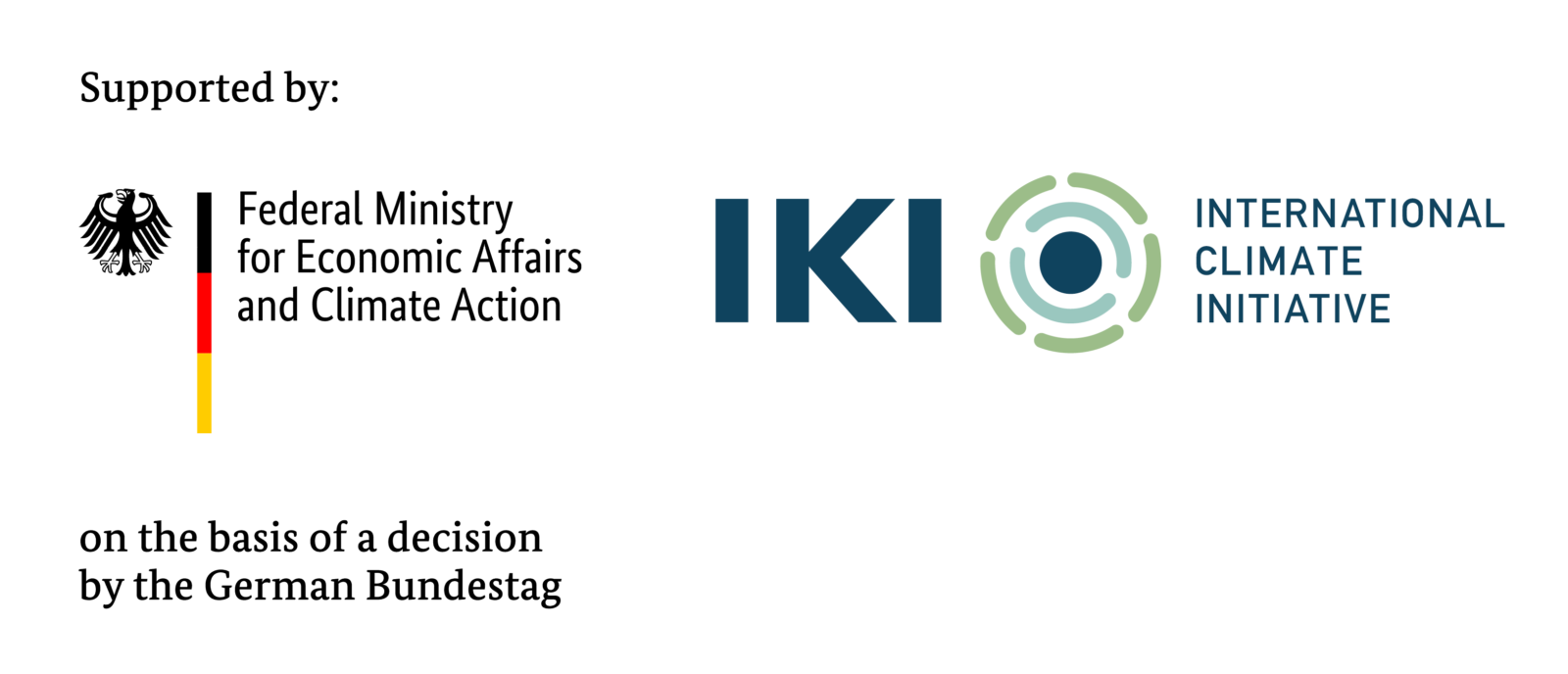Interview with the Mobility Expert of the City Lab Saltillo
Sonja Stöffler, MGI Mobility Expert for Saltillo, Co-Lead City Lab Piura, University of Stuttgart IAT, Stuttgart

Q.: Please elaborate on the method for identifying the sector mobility and on the reasons for this particular sector in Saltillo.
A.: I joined the project in Saltillo as Mobility Expert in March 2020. The sector was already defined by then. Nevertheless, the city faces some serious challenges in this sector, such as the high level of car possession or the lacking bicycle and pedestrian infrastructure. Furthermore, the air quality indicates a state of alert which should be tackled by the city at the earliest possible time. Therefore, the mobility sector is an obvious choice.
Q.: Which are the most important factors playing into mobility in Saltillo? What are special challenges and opportunities in the city when it comes to mobility?
A.: The sector of mobility is closely linked to sustainable urban planning. The number of public transport trips done by inhabitants is high enough to say that there is a constant demand for reliable urban transportation services. But at the moment the infrastructure of the city is designed for cars as the main mode of transport. Consequently, an improved infrastructure for pedestrians and bicycles, as well as alternative modes of transport are needed if the mobility sector is to become more sustainable. There have already been efforts towards this issue by the last and current government. The public transport system has been modernized, bicycle lanes have been created – but there is still a long way to go. Although a part of the population is conscious of this situation and there is an environmental citizen council, there is still a lacking interest in the mobility topic of the general public.

Q.: Which strategies and tools are/will be used to find innovative solutions related to mobility for improving the city’s sustainability profile and resilience towards climate risks?
A.: MGI follows the Morgenstadt Methodology, which was adapted for climate vulnerable countries and the local context of the three cities involved. This methodology includes a city analysis based on indicators and actions fields, stakeholder maps, interviews, a creative workshop ad methods for identifying innovative solutions.
Q.: Are there tangible examples for solutions or projects in the sector mobility, yet?
A.: The city has done some improvements in the sector of mobility in the last years. This means some project ideas have been deliberated already by the citizen council or the municipal planning institute. Nevertheless, at this stage of the project, we are currently interviewing important stakeholders, which also could contribute interesting project ideas. All this information will be taken into account later in the process, as the project ideas will also be evaluated regarding sustainability and other selection criteria.
We have many interesting project ideas that are currently specified. But what is striking is that when it comes to smart mobility solutions, people often think of technology first, but it goes much further than that. You have to think holistically about the solutions, understand the process, the plans and the stakeholders involved behind them.

